Some documents succeed or fail based on how well they get key points across in the shortest time possible. If you need to write a document like this, you must remember one crucial detail. A detail that people don’t necessarily like to talk about.
Here it is:
Your document might not be read to the end.
Yes, we said it. And there’s no shame in it: it’s just a reality of life today – and a reflection of how busy we all are. Many people – either through time pressures or a lack of interest – will stop reading partway through.
In fact, this mirrors the way most of us typically read newspapers (or online news). We generally read them between ‘main activities’ – on our way to work, waiting for the bus, and so on. We don’t have the time (or, usually, the inclination) to wade through masses of background or hold complicated concepts in our head. We just want to know what happened.
At work, it can be the same: we just want the facts. We don’t want lots of background – unless, of course, we’re particularly interested in the subject.
So, if we want to make sure our research and insights aren’t lost, how can we adapt our writing in light of this fact of (working) life? Well, the answer is to look again to the news – this time for inspiration.
How news is written
Newspaper news stories tend to put the most important information – the news – before the background. This allows busy readers to instantly pick out the key points of a story, and then to choose whether or not to read on for more detail.
In fact, the structure is even more formulaic, with most stories following this pattern:
What’s happened
How it happened
Amplify
Tie up loose ends
You’ll see this ‘WHAT’ formula used in the news sections of any paper. In fact, with a well-structured news story, you should be able to cut from the bottom up without losing any of the main sense.
It’s also one of the most efficient ways to transfer knowledge at work, as it makes the most of how the brain absorbs information.
WHAT in action
Here’s an example of how the formula can appear in the news – in this case, in an abridged version of a press release we put out last year.
And if you read news stories, you won’t have to look far to find this structure. Next time you pick up a newspaper or read online reports, see if you can spot the formula in action.
Applying the WHAT formula at work
So, how do you apply this journalist technique to the things you write at work?
For some documents you can use the WHAT formula as it stands – especially if you write blog posts, press releases or articles. But with only a little tweaking, you can also use the structure for:
- summaries
- briefings
- company updates
- presenting research and insights
- short reports
- presentations
For these other kinds of document, you may need to adapt the formula as follows:
What’s happened – an outline of your main conclusions after evaluating the evidence
How it happened – an outline of the evidence that your conclusions are based on
Amplify – a more detailed description of your conclusions plus the supporting evidence
Tie up loose ends – any further information you think the reader needs to know.
Unlock your documents
Perhaps you have a long, in-depth report in desperate need of a summary that conveys the core message. Or you might have piles of research you’ve gathered so you can brief a colleague or line manager before an important meeting or presentation.
But how do you go from a jumbled set of notes or a complex report full of background information to a well-structured and succinct document that produces results?
That’s where the WHAT formula comes in. It can unlock your documents – and your key insights or conclusions – for your readers to take in. Readers can pick out the essentials of your message before they (potentially) stop reading.
Of course, if you capture your reader’s interest with the conclusions in your first few paragraphs, they may just be engaged enough to keep reading for the finer detail. But, with WHAT, you’re safe either way – and your document can do its job.
This post is an extract from a lesson in our online-learning programme, Emphasis 360, which is designed to transform your writing step by step, in practical, bite-sized lessons. You can try it out for free here.
Subscribe
Expert advice to your inbox

